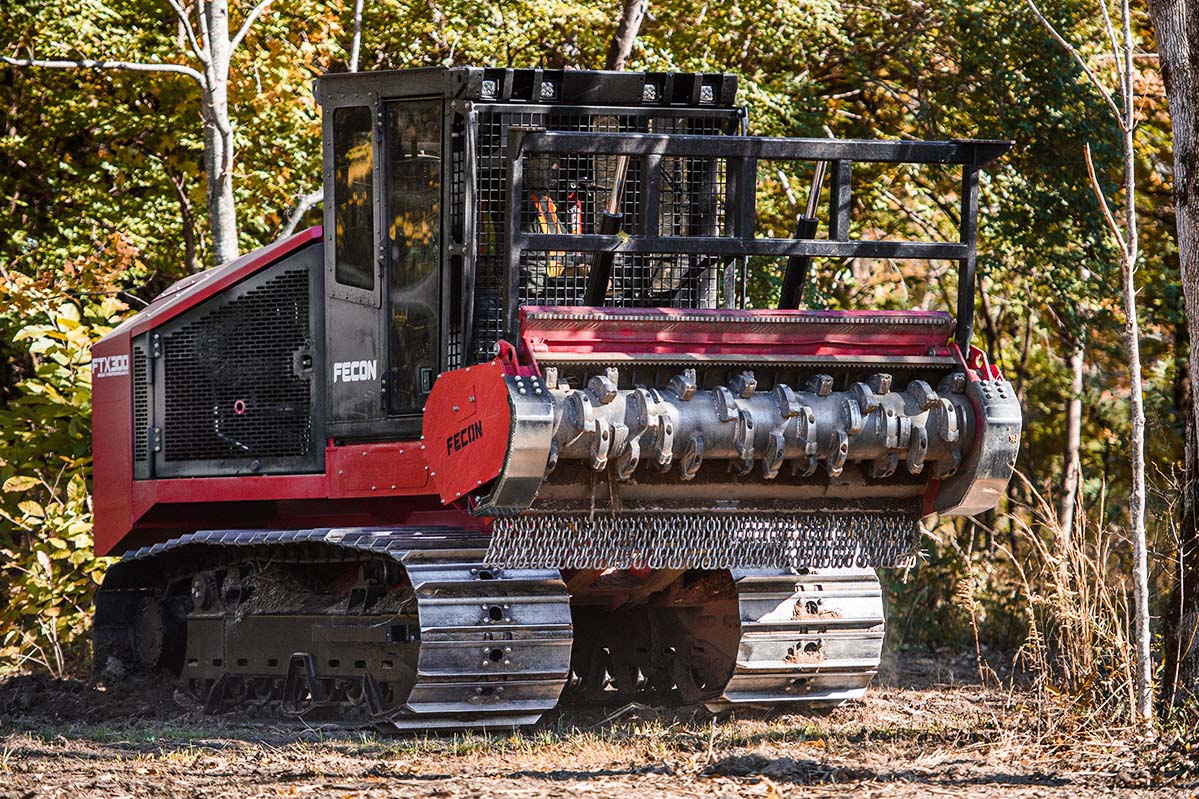The chapters are just numbered, not titled, hence the Chapter 1 title. The 2019 book, This Land: How Cowboys, Capitalism and Corruption are Ruining the American West, by Christopher Ketcham is truly a new book experience for me.
My new experience, this book is too sad and upsetting for me to read. I got through the 1st chapter and can't take any more, at least for now. Ketcham writes beautifully. His pain and sorrow are real and palpable. Maybe that's what makes this book so sad and uncomfortable. I want him to speak for himself. Nothing I can say is worth much in view of what he says:
Map of federal public lands
Ketcham's map
The West = west of the 100th meridian
to the east side of the Sierra Nevada and Cascade mountain
ranges in California, Oregon and Washington
You will be asking what exactly these public lands consist of. The National Parks are a trivial portion, covering less than 50 million acres (78,125 sq mi). Beautiful as they are, consider them a kind of specialty zoo, heavily funded postage stamp island ecosystems, overseen for wildlife but mostly for tourists. For our purposes the West is roughly 450 million acres (7,031,250 sq mi) of grassland, steppe, desert and forest managed in trust for the American people by the Unites States Bureau of Land Management (BLM) and Unites States Forest Service. These agencies are unsung sisters of the National Park Service, little known and meagerly funded. .... Here you can hike, fish, hunt for meat, raft, ride horseback, roam like the aboriginal tribes of the continent, get lost, stay lost for as long as you wish.It's an American commons, and the chief requirement to enjoy it is some degree of self-reliance. .... Walk on for a month or so, you might live like an animal, naked in the dirt, howling at the moon. I've done this on occasion.That the BLM and Forest Service domain accommodates profit hunters is the crucial difference separating it from the national parks. You can prospect on these lands, extract commodities. Congress has enshrined in law this practice of “multiple use.” Look across the public lands and you'll find the myriad uses: oil and gas fields in the deserts and steppe, and coal, copper, silver and gold mines stabbed into cliffs and mountains. Forests are felled, grasslands overgrazed, wildlife slaughtered, and roads carved for all parties to gain access and exploit public ground for private gain. The BLM and Forest service are schizoid. With one hand they protect; with the other they ravage. Such is multiple use. William O. Douglas, a backpacker and outdoorsman who happened to also be the longest-serving Supreme Court justice, shared his suspicions about the real meaning of the term in 1961: “ ‘Multiple’ use was semantics for making cattlemen, sheepmen, lumbermen, miners the main beneficiaries. After they gutted and razed the forests, the rest of us could use them -- to find campsites among stumps, to look for fish in waters heavy with silt from erosion, to search for game on ridges pounded to dust by sheep.”I wrote this book because little has changed since Douglas was writing.Here’s what’s happening to our land: it is May 2018, in the Egan Range of Nevada, south of Ely, and a machine called a Bull Hog is approaching. .... It runs on treads like a bulldozer, and affixed at it’s front is a spinning bladed cylinder. It has one use and one use only -- the destruction of the forest in which I stand, a forest of pinyon and juniper that the BLM manages on our behalf. .... The pinyon-juniper forest is the great survivor in the aridlands, drought resistant, adapted to heat, and is deliciously sweet-smelling -- these two species, after the sagebrush, are the perfuming flora of the Great Basin and the Colorado Plateau. But they have no value for logging or wood products, no value that can be measured in money. Therefore, they must be wiped out for other enterprises -- for cattlemen I later learn, so that the land in the Egan Range will be “productive” for cows and not wasted.The Bull Hog, operated and funded by the Department of the Interior -- at our expense, with our tax dollars -- charges through the forest as I stand in a kind of fugue, incredulous at the pace of its destruction. The beautiful old gnarled trees are devoured in the mouth of the mobile muncher, knocked down and chewed up, defecated out its ass-end in fragments. .... The howl and whine of the engine and the spinning blades, the tortuous toppling of the trees, the crackling and crushing of trunks and limbs, the shattered spitting of being alive seconds before -- it is almost too much to bear..... May is prime nesting season for birds in the pinyon-juniper biome. Kestrels and hawks, mountain chickadees and house wrens, black throated gray warblers, flickers, gray flycatchers, scrub jays and pinyon jays live here, and in the soil between the trees nest the poorwills -- all that are caught and ground to red mist by the servo-mechanism, for no reason other than to expedite commerce.
Maybe you can see why this book could so sad and uncomfortable to at least some people. Part 2 of this chapter gives some historical context, just as sad and uncomfortable as this little bit.







No comments:
Post a Comment